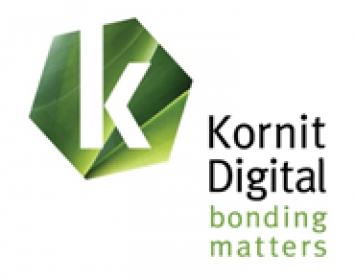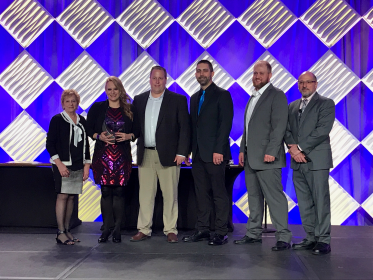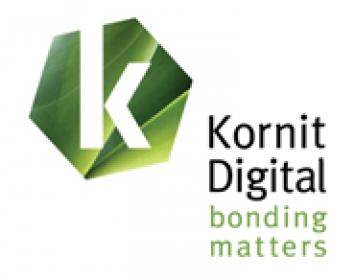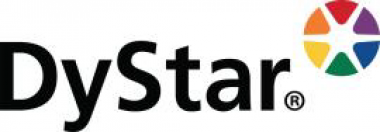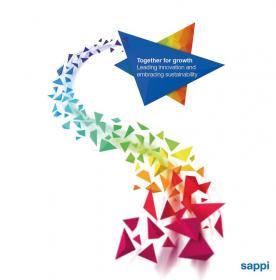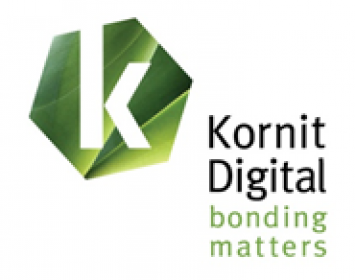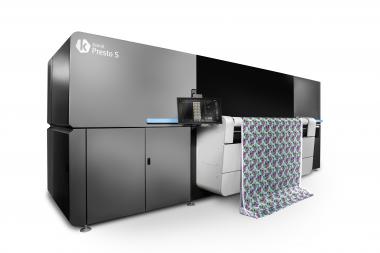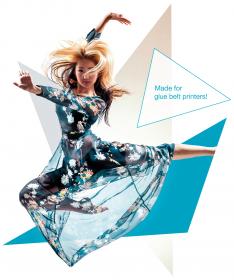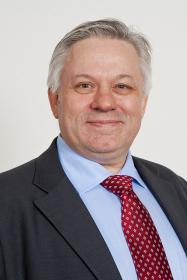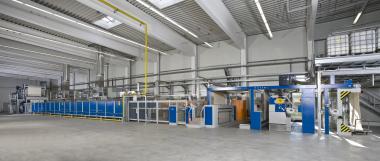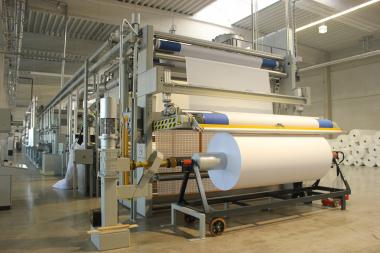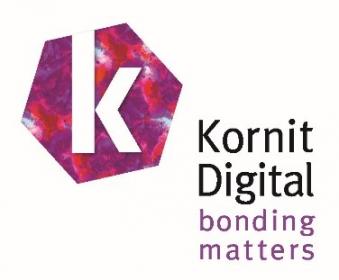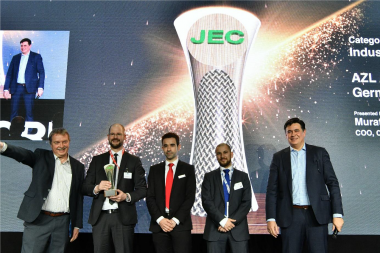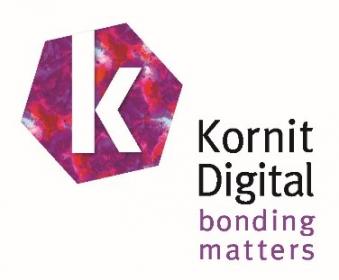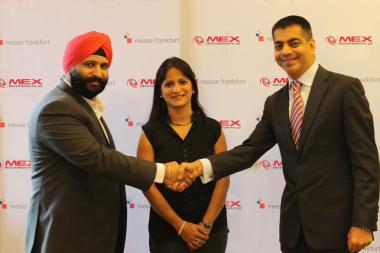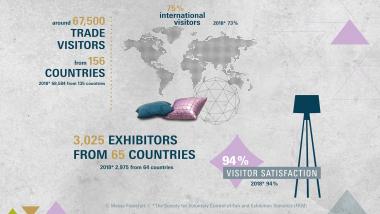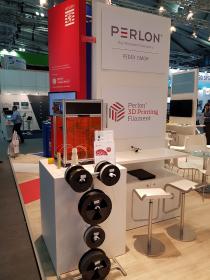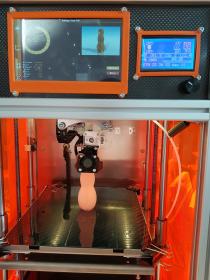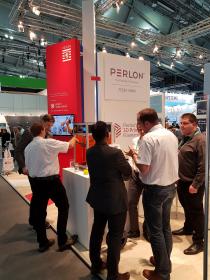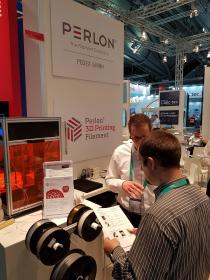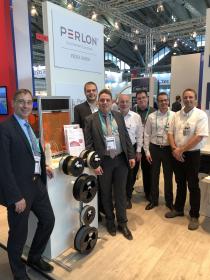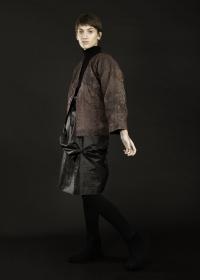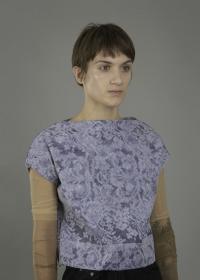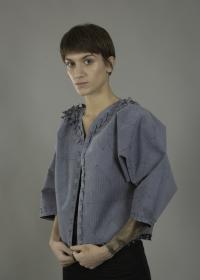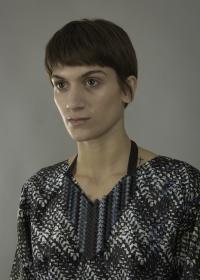BASF and Paxis collaborate in materials for3D printing technology
- BASF’s photopolymer materials for advanced manufacturing applica-tions qualify for early development access in new WAV™ technology
- BASF’s Ultracur3D ST 45 reactive urethane photopolymer fulfills the re-quirements of functional applications
BASF 3D Printing Solutions is to provide innovative additive manufacturing materi-als to Paxis LLC for their new WAV™ technology. This is currently in development and is designed to meet the needs of additive manufacturing users, advanced manufacturing as well as traditional manufacturing markets. The WAV™ (Wave Applied Voxel) process was created with the end-user firmly in mind in an effort to solve trapped volume issues of current liquid resin-based technologies.
"The combination of BASF materials and Paxis’s system will revolutionize the way end-applications are designed, manufactured and integrated into production", states Arnaud Guedou, Business Director Photopolymer Solutions, BASF 3D Printing Solutions. "With the new WAV™ technology, Paxis extends the application possibilities of additive manufacturing to a much broader scope than current technologies allow. What’s more, equipment and processes can be adapted to requirements that were previously unimaginable in additive manufacturing. BASF’s innovative photopolymer materials are a perfect match for Paxis's WAV™ technology."
BASF’s Ultracur3D ST 45 reactive urethane photopolymer for tough applications has been designed to fulfill the requirements of functional applications for high accuracy and mechanical strength, where existing 3D printing materials often reach their limitations. Ultracur3D ST 45 can be used to produce high performance functional parts by using a wide variety of equipment, such as stereolithography (SLA), digital light processing (DLP), or Liquid Crystal Display (LCD).
BASF 3D Printing Solutions GmbH




